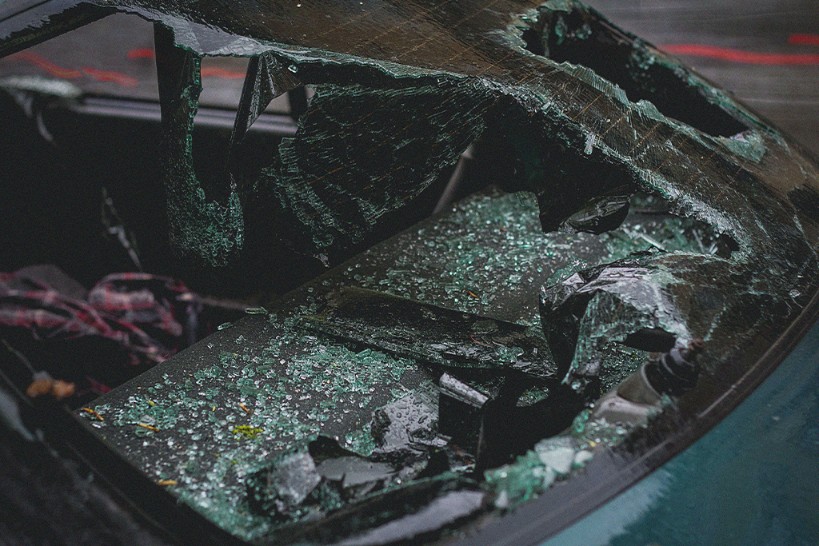The winter holidays are a period filled with happiness, celebration, and a multitude of events. As you immerse yourself in the celebrations, it’s crucial to have a safety net readily available—a first aid kit prepared for the winter season. Imagine it as your holiday superhero, prepared to handle small accidents and maintain the festive atmosphere. Let’s delve into the essentials and create the perfect first aid kit designed specifically for the winter season.
The Bandage Ballet: Mastering the Fundamentals
Bandages play a crucial role in addressing the minor injuries that can occur during winter activities. Whether it’s slips on icy sidewalks or minor cuts from holiday decorations, having a variety of bandages is essential for your safety.
One important aspect to consider is the availability of adhesive bandages in different sizes.
Make sure you have a variety of sizes to address both minor paper cuts and more significant injuries. Decorative ones, with festive designs, can bring a sense of cheer to the healing process.
Item #2: Sterile Gauze Pads and Adhesive Tape:
If you have more serious injuries, it’s important to have sterile gauze pads and adhesive tape in your kit. They are useful for wrapping wounds and ensuring a secure, clean cover.
Stay cozy this winter with our top tips for staying warm
Winter presents unique challenges, such as the potential for injuries caused by cold weather. Ensure your first-aid kit is stocked with essential items to provide relief and protection during the harsh winter months.
Essential #3: Hand and Toe Warmers:
Compact and easy to carry, hand and toe warmers offer immediate relief for those who feel extremely cold. Include a few in your bag to stay warm while you’re on the move.
Essential #4: Lip Balm and Skin Moisturizer:
Cold winds can be tough on the skin. Make sure to have a high-quality lip balm and moisturizer on hand to protect against chapped lips and dry skin.
Easy Celebrations: Over-the-Counter Solutions
As the celebrations progress, you may encounter headaches and minor pains that try to grab your attention. Make sure to have these pain relievers readily available so that everyone can fully enjoy the festivities without any discomfort.
Number 5: Acetaminophen or Ibuprofen are essential.
These over-the-counter pain relievers are highly effective in providing relief for headaches, muscle aches, and minor pains. Consult your healthcare provider to determine the most suitable choice for your needs.
Essential #6: Antacids and Digestive Aids:
Holiday meals can occasionally cause discomfort in the digestive system. Having antacids or digestive aids in your kit can offer rapid relief for stomach discomfort.
Pristine and Hygienic: Eliminating Concerns
It is essential to prioritize cleanliness, particularly in the winter season when germs are prevalent. Equip yourself with tools to maintain wound hygiene and prevent bacterial contamination.
Essential #7: Antiseptic Wipes and Hand Sanitizer:
Ensure cleanliness and germ protection with the use of antiseptic wipes for wound cleaning and hand sanitizer for convenient on-the-go use. It’s that time of year to prioritize your well-being!
Specialized Items: Adding the Finishing Touch
Personalize your first-aid kit to suit your family’s specific requirements and the activities you engage in. For those who plan on hitting the slopes or participating in winter sports, it may be wise to include some essential items in your gear. These could include blister pads, instant cold packs, or a compact emergency blanket.
Indulge in the Serenity You Deserve
During this holiday season, treat yourself to the gift of being well-prepared. Create a winter-ready first aid kit, a reliable companion that will keep minor mishaps from overshadowing your joyous celebrations. While you’re busy with gift wrapping and decorating the tree, it’s important to prioritize your safety. Make sure you have your first aid kit on hand, ready to be the unsung hero of the season. May your holidays be filled with joy, merriment, and a fully-equipped first aid kit by your side!
If you or you’re loved one has been injured due to another’s negligence, reach out to us at 1-833-DARFOOR. Let’s have injury-free holidays!











